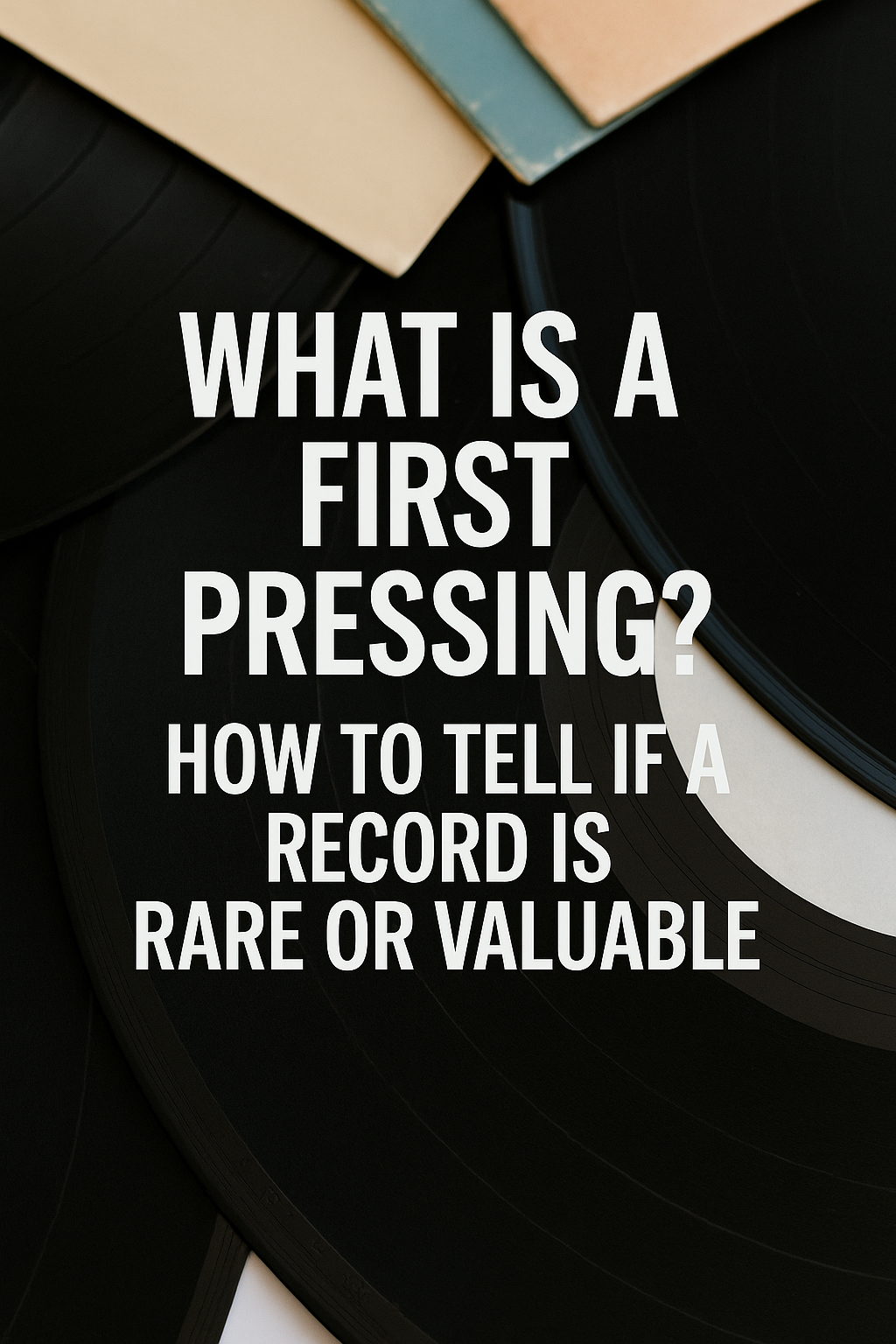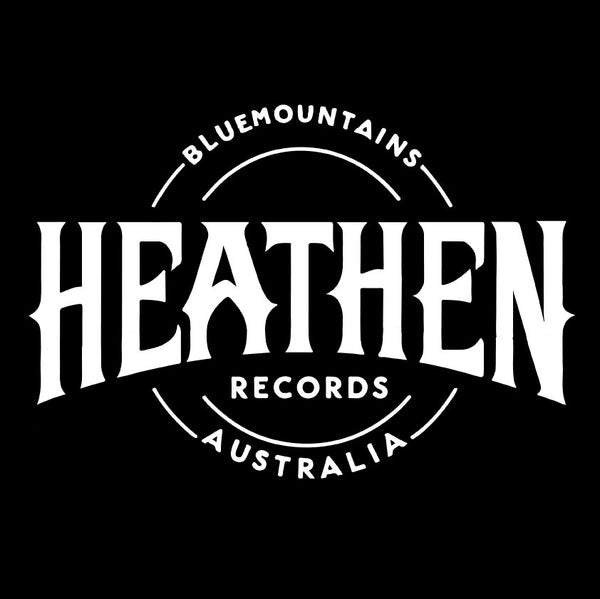
🥇 What Is a First Pressing? How to Tell if a Record Is Rare or Valuable
Share
Ever wondered why two copies of the same album can sell for wildly different prices? The answer often comes down to pressing — and nothing is more prized than a first pressing.
Here’s what it means, how to identify one, and why it can matter.
🕵️ 1. What Is a First Pressing?
A first pressing is the very first batch of records pressed when an album is released. These are usually:
- Closer to the artist’s original mastering
- Pressed in smaller quantities
- Released by the original label (before big-label reissues)
They often sound different — sometimes better, sometimes just “more authentic.”
🧪 2. How to Spot a First Pressing
There’s no one-size-fits-all rule, but these clues help:
✅ Look for:
- Matrix/runout numbers (in the dead wax)
- Early catalogue numbers (e.g. “SP 34” for Nirvana’s Bleach)
- Label details (font, layout, logos)
- Cover differences (like misspellings, missing barcodes, etc.)
📸 Tip: Compare yours to verified listings on Discogs or collector forums.
💰 3. Why First Pressings Are Valuable
- Scarcity: Some albums only had 1,000–2,000 pressed initially
- Historical significance: It's the version fans first heard
- Pressing/mastering differences: Analog mixes, vinyl-specific edits
Collectors often pay a premium for this “pure” version — even if reissues sound close.
⚠️ 4. Not All First Pressings Are Gold
Some first pressings:
- Weren’t well mastered
- Had poor sound quality
- Were rushed to market
Always check condition — a VG+ reissue might sound better than a scratched-up original.
🕳️ 5. Dead Wax: Your Secret Decoder Ring
The runout groove (dead wax) often includes:
- Matrix numbers
- Lacquer cut codes
- Mastering engineer initials (like “Porky” = George Peckham)
This info can confirm what pressing you have — and how early it is.
🔍 See Rare First Pressings in the Wild:
Explore our On the Record series for deep dives into famous and valuable pressings — from Bleach to Kill 'Em All.
